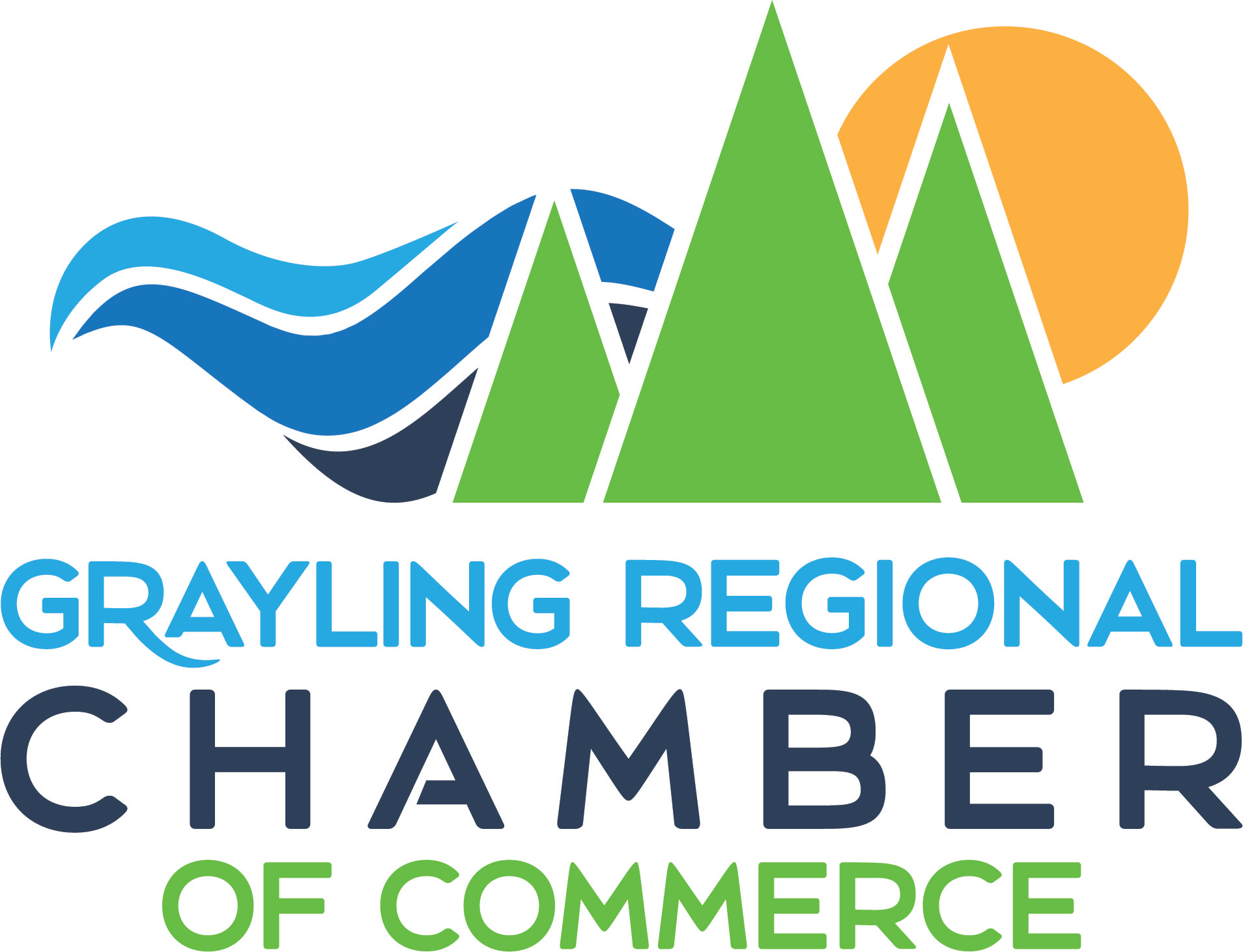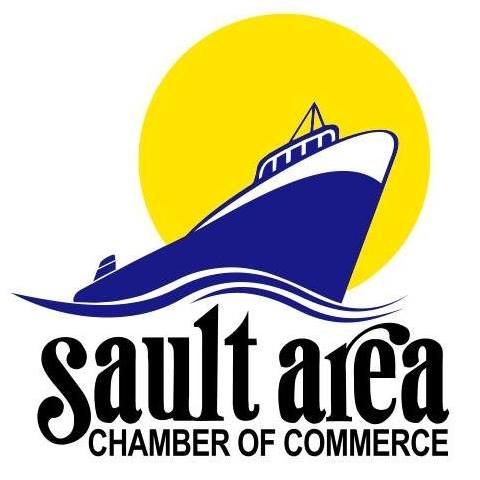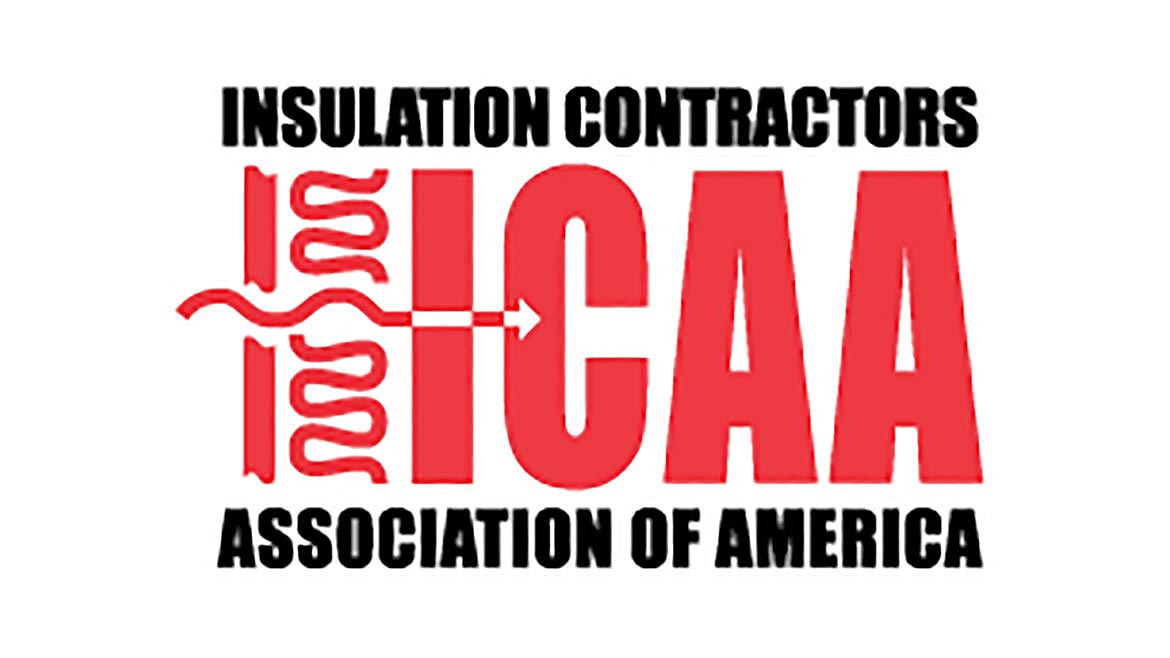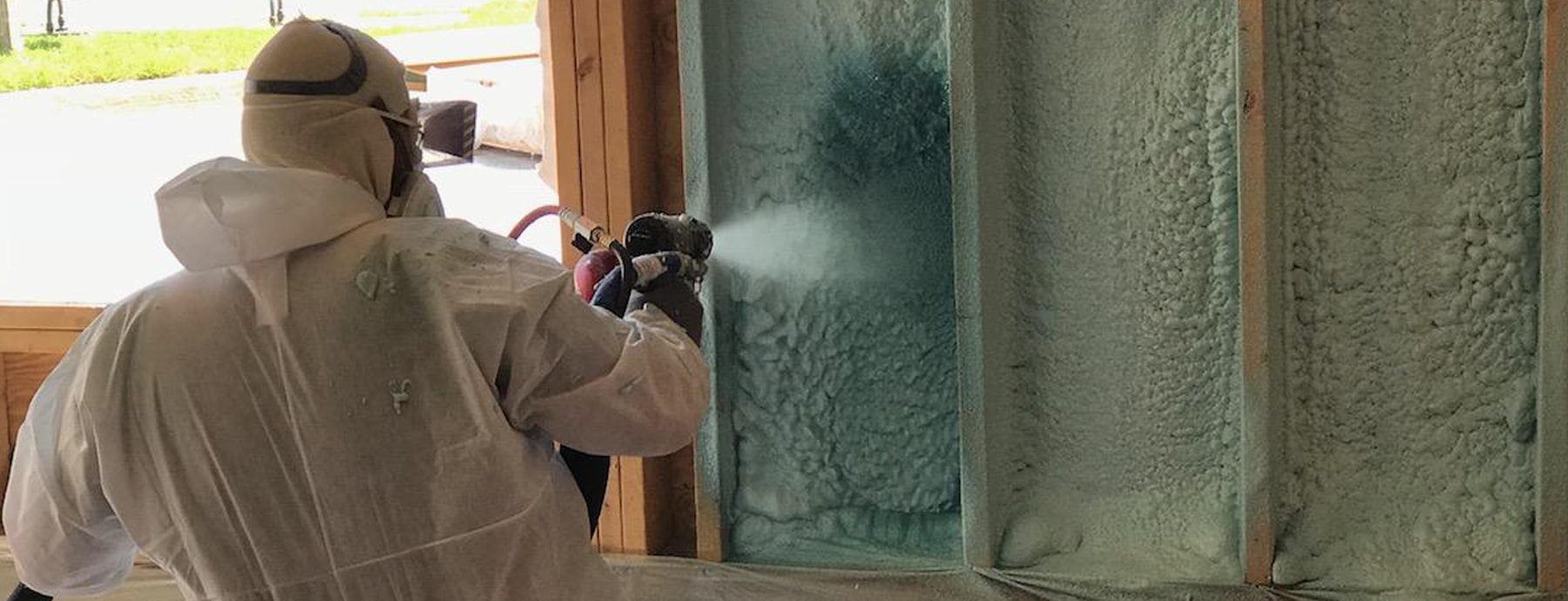
INSULATION SOLUTIONS
Great Lakes Roofing and Insulation Systems is your local expert roof insulation services contractor. We know that Michigan winters can be cold and windy. Whether your project is large or small, a new or existing structure, your plans for a warmer future could not be in better hands than ours.
GLR offers three types of professional Michigan insulation solutions for walls, attics, cathedral ceilings, and crawl spaces: blown-in cellulose, blown-in fiberglass, and spray-urethane foam.
Whether your project is large or small, a new or existing structure, your plans for a warmer future could not be in better hands than ours. A well-insulated home lowers your heating and cooling costs and ensures that you are comfortable year-round.

Blown-In Insulation
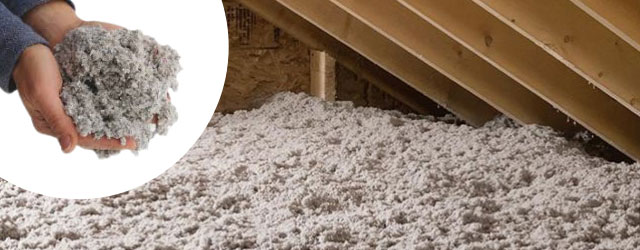
Blown-In insulation is literally “blown-in” with a machine, making it an excellent choice for existing closed spaces because the drywall does not have to be removed for installation. Holes are drilled in the plaster or drywall to permit access of the blower nozzle, the insulation is blown in, and then the holes are repaired. It can be used by itself to fill in spaces that have no insulation or laid as a thick layer over the top of existing insulation.
There are 2 types of blown-in insulation: cellulose and fiberglass.
Cellulose insulation is a type of wood- or paper-based product that is thick, dense, and clumpy, with a consistency much like down feathers. Because it is derived from wood or recycled paper, cellulose insulation is considered an eco-friendly product. Cellulose insulation is treated with boric acid during manufacturing to make it fire-resistant and to prevent rot and mildew. Cellulose insulation has an R-value of about 3.75. The R-value is the measurement of an insulation’s ability to block the movement of heat. The higher the R-value, the more insulative the material. Higher number = better performance.
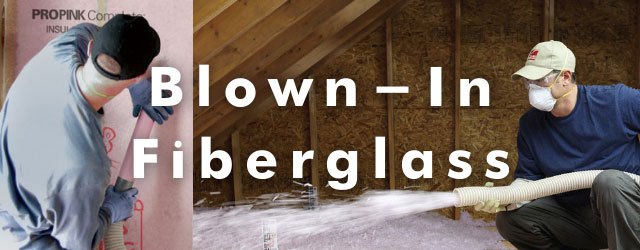
Fiberglass insulation is manufactured from glass that is heated to a liquid and then spun into thin fibers. When blown into attics and wall spaces, loose-fill fiberglass has an R-value of about 2.6 per inch. It is naturally non-flammable, doesn’t absorb moisture, and doesn’t support mold growth. It is considered an eco-friendly product since it is made with a minimum of 55% recycled glass.
When comparing costs, blown-in cellulose is cheaper than blown-in fiberglass. You will need more inches of fiberglass than you will of cellulose to reach the same R-value, but you can achieve similar results with either with either material for approximately the same price.
If you are adding new insulation on top of old insulation, it’s important to consider that you will need enough space to fit the required inches of insulation to reach the recommended R-value for Michigan. If the space is limited, cellulose may be a better option.

Spray Urethane Foam Insulation
Spray foam insulation is composed of a polyurethane-type liquid that, when combined with air, expands to fit in the interior of stud walls as well as rafter and joist spaces. Spray foam insulation is dense, and due to its expanding nature, it seals gaps more thoroughly than other types of insulation. It seals the building against air infiltration and pollutants, pollen, and dust that could otherwise come inside through fiber-based insulations.
The best time to spray foam insulation is during new home construction when the wall spaces are open; however in an existing home portions of drywall can be removed to access the spaces.

Closed-cell foam is applied by combining a polyurethane liquid with air; however, true to its name it features completely encased air cells. This does two things: it makes closed-cell foam denser than open-cell foam, making it a moisture-resistant vapor barrier and adds structural rigidity to a building’s walls. Closed-cell foam has an R-value of about 6 per inch. Closed-cell foam is the best choice for robust insulating where space is an issue, as it can achieve 2x the R-Value of open-cell foam inside a standard wall.
Need help deciding which type of insulation solution is right for you? Our insulation services span all of Michigan, including the Upper Peninsula. Don’t let this winter’s chill steal your warmth away. Call on GLR to keep the cold out and the heat in!
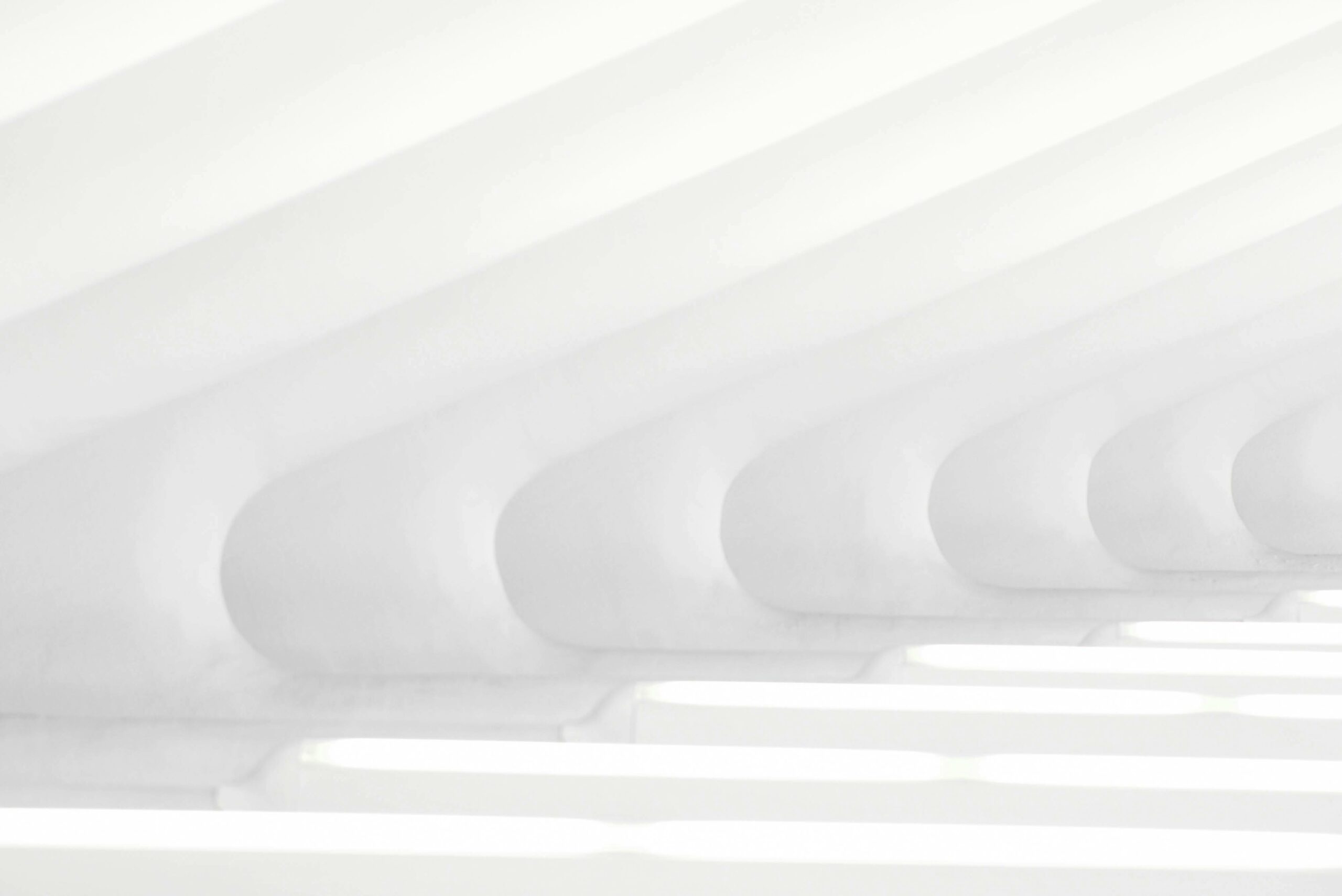
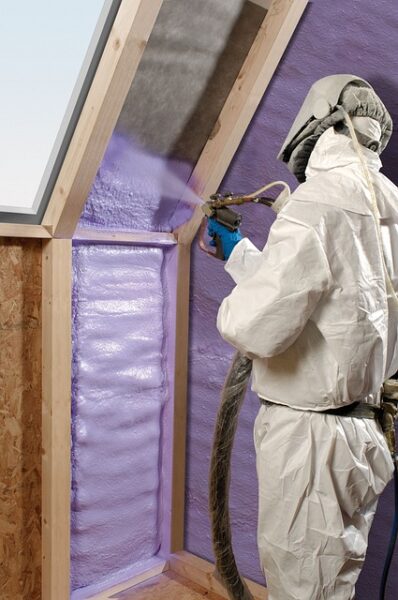
Why Great Lakes Roofing and Insulation?
Great Lakes Roofing and Insulation systems has over 35 years experience in providing exceptional roofing and insulation solutions. GLR prides itself on providing industry leading roofing and insulation products for residential and commercial applications. By staying on the cutting edge of technology and research, GLR can assure building owners they are getting the most advanced and cost-effective products available today.
GET A QUOTE
If you need a new roof, roof repair, maintenance, or anything in between, Great Lakes Roofing and Insulation Services has got you covered. Call us at (906) 647-2916 or fill out your information in our convenient contact form. We hope you’ll become another one of our repeat customers.
